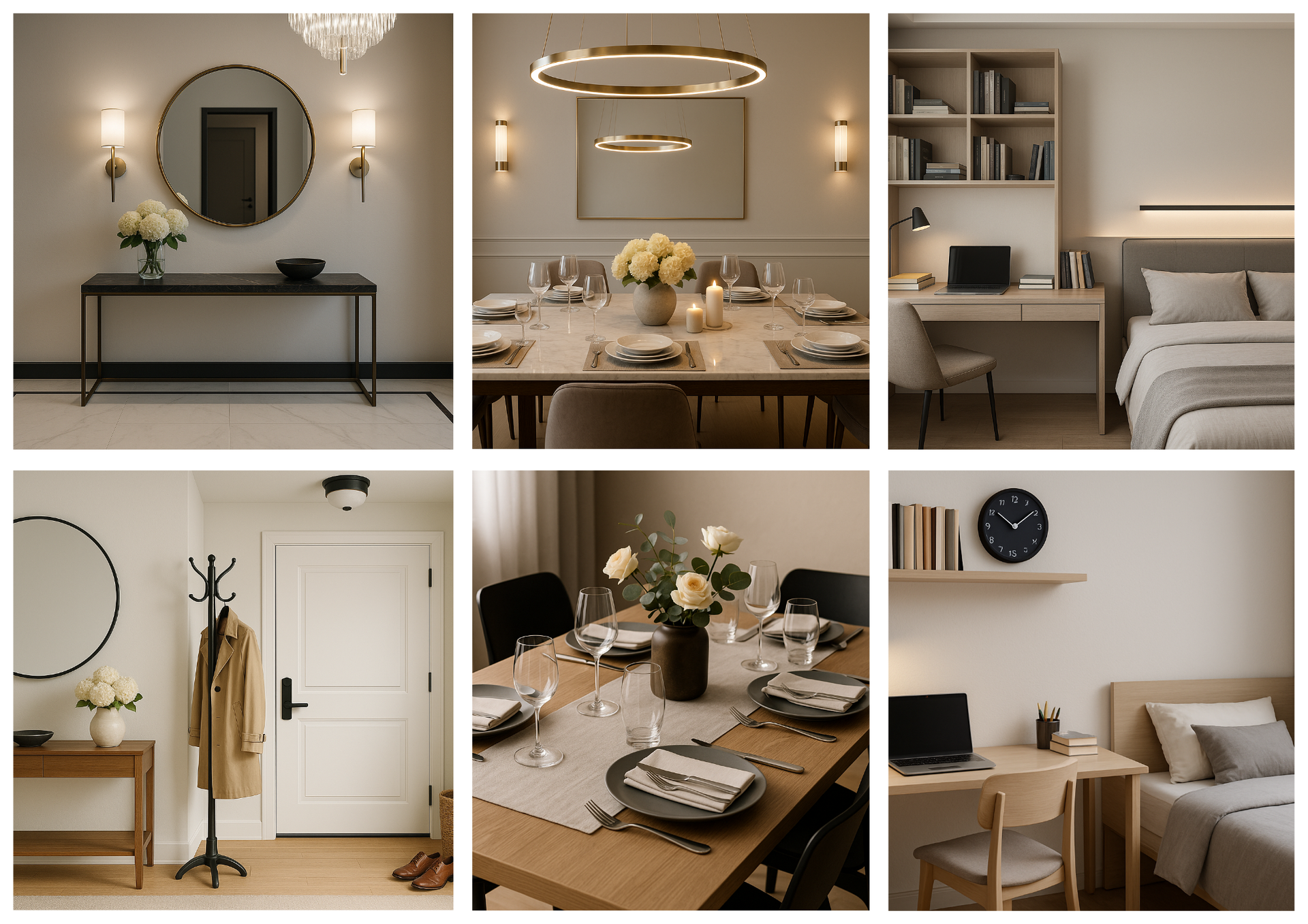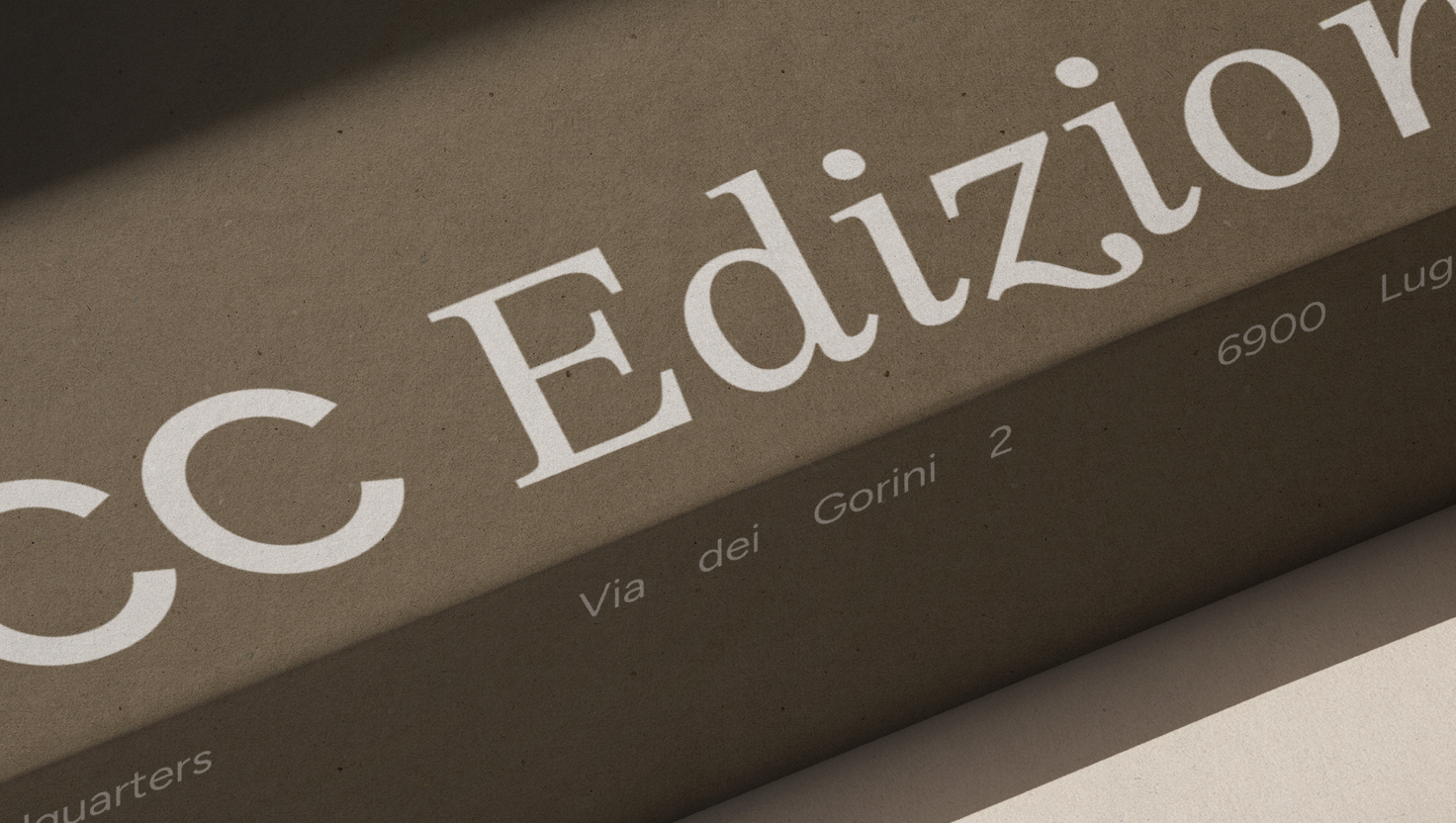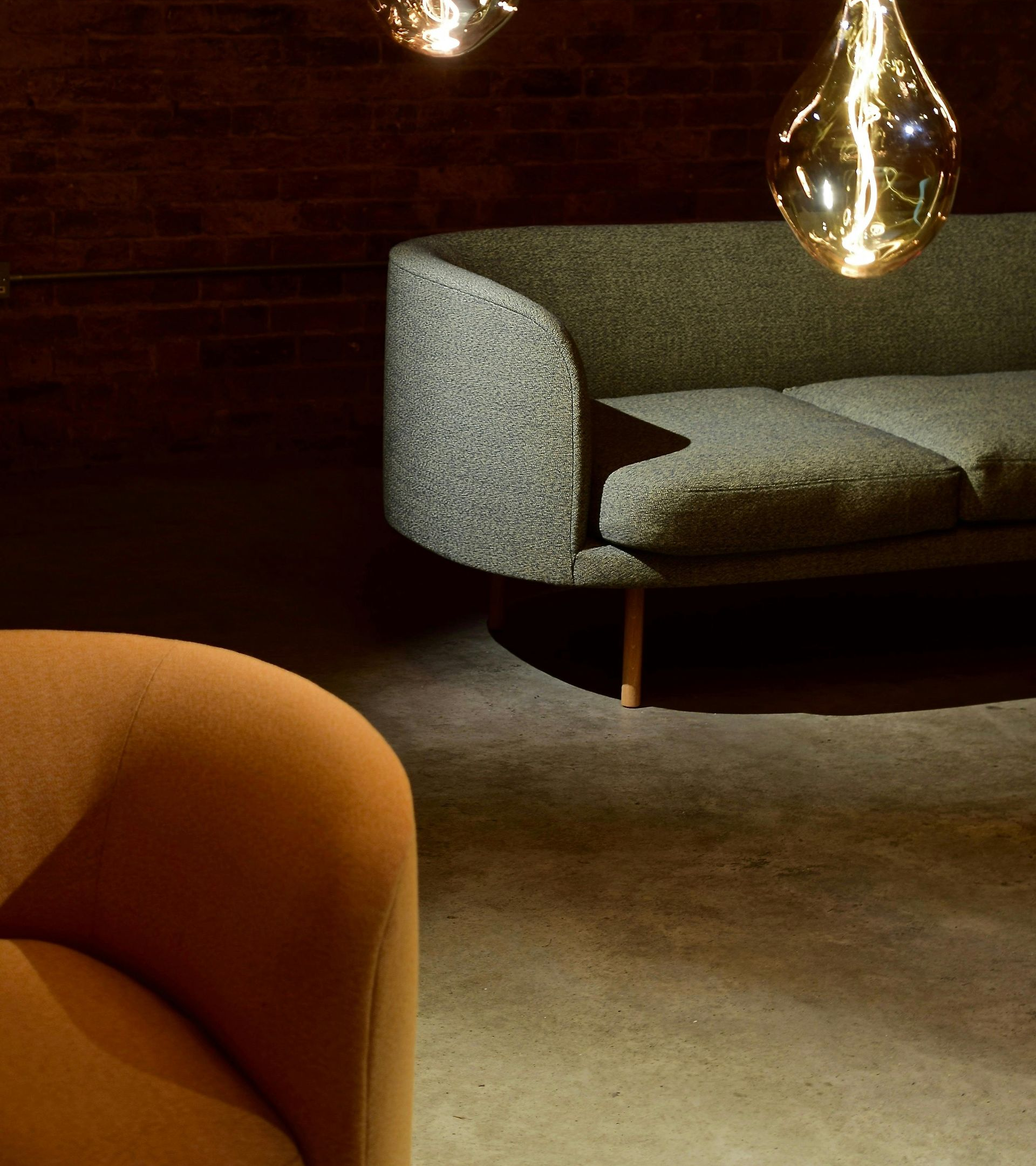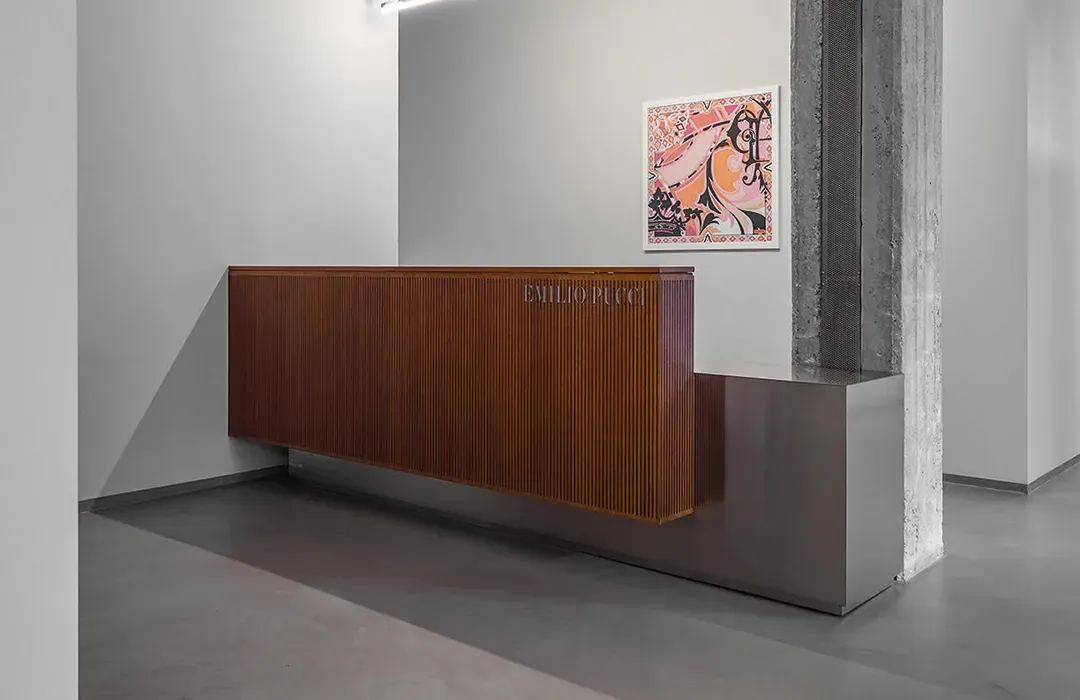Il "bon ton" applicato al mondo dell'Interior Design - "Bon ton" applied to the world of Interior Design
Partiamo dalla casa per imparare le buone maniere - Let's start at home to learn good manners

Il "bon ton" non è solo un insieme di regole di comportamento; è un atteggiamento, uno stile di vita che riflette rispetto, equilibrio ed estetica. Così come le buone maniere contribuiscono all’armonia nelle relazioni sociali, anche l’interior design può diventare uno strumento per promuovere ordine, accoglienza e raffinatezza. Partendo dall’ambiente domestico, possiamo apprendere e trasmettere valori che vanno ben oltre le mura di casa.
Un uso comune del termine “bon ton” nel campo del design si riferisce a un approccio all’arredamento che valorizza l’eleganza e l’equilibrio, creando spazi che siano allo stesso tempo funzionali e di buon gusto.
Cos’è davvero il "bon ton"?
“Bon ton” deriva dal francese e significa “buon gusto” e “buona maniera”. Nel mondo contemporaneo non è più solo sinonimo di etichetta, ma di consapevolezza e rispetto: verso gli altri, verso gli spazi condivisi, verso il tempo.
Galateo e Interior Design: un binomio naturale
La casa è il primo luogo in cui pratichiamo il rispetto degli spazi e delle persone.
Un progetto d’interni ben pensato può favorire comportamenti educati e conviviali:
- Ordine e funzionalità: uno spazio organizzato invita a muoversi con rispetto e calma;
- Accoglienza: ambienti che mettono l’ospite a proprio agio, con percorsi chiari, sedute confortevoli, luci morbide;
- Estetica e comfort: bellezza come equilibrio e misura.
Come applicare il "bon ton" nella progettazione degli interni
1. L’ingresso: il primo biglietto da visita. Un ambiente ordinato, con appendiabiti, svuotatasche e uno specchio ben posizionato, accoglie con naturalezza.
2. Zona living: disposizione dei mobili che favorisca la conversazione e il rispetto dello spazio personale. Un invito a incontrarsi, non solo a passare.
3. Tavola e cucina: la convivialità parte dalla progettazione. Pensare alla distanza tra le sedute, alla facilità di servizio, alla luce giusta sopra il tavolo.
4. Camere da letto: spazi intimi che insegnano il rispetto della privacy e dell’ordine personale.
5. Bagno per gli ospiti: piccoli gesti di attenzione, come asciugamani puliti, profumi delicati e buona illuminazione, trasmettono cura e ospitalità.
Dalla casa al mondo esterno: le buone maniere diventano abitudine
Una casa progettata secondo i principi del "bon ton" è una palestra di comportamento:
- Rispetto degli spazi comuni: imparare a mantenere ordine in casa educa al rispetto degli ambienti pubblici;
- Cura del dettaglio: l’occhio allenato all’armonia domestica diventa più sensibile anche fuori casa;
- Accoglienza e inclusione: ospitare con attenzione insegna a essere ospiti rispettosi.
Il "bon ton" si applica anche a tavola, e ricordatevi non è mai fuori moda!
Come?
Partiamo dalla tavola, la mise en place, apparecchiando in modo corretto e non alla rinfusa con la solita fretta che predominano le nostre giornate. Prendetevi un attimo di tempo, non serve molto ma il risultato poi vi darà serenità!
Proviamo anche a utilizzare un po’ di sano galateo a tavola:
- mai mettere i gomiti sulla tavola
- tenere la bocca chiusa quando si mastica
- iniziare a mangiare quando tutti sono a tavola
- non passare davanti ai commensali per prendere le cose
- stare seduti dritti e composti
- mai portare il telefono a tavola
- non urlare
- dire sempre “per favore” e “grazie”
Sono poche e facili regole da rispettare.
Se poi vogliamo anche dare un tocco alla nostra tavola utilizziamo piatti in porcellana!
Per applicare il "bon ton" nelle progettazioni della nostre case non servono sempre budget elevati, si possono utilizzare brand come IKEA, JYSK, Maison du Monde per risultati ottimali e funzionali che rispettino il budget di ogni famiglia.
Ricordatevi: “Il bon ton applicato all’interior design non è un esercizio estetico, ma un modo di vivere.
Una casa ordinata, accogliente e armoniosa diventa una scuola di buone maniere, un luogo che educa al rispetto e alla bellezza. Imparare il galateo partendo dagli spazi domestici significa gettare le basi per relazioni più equilibrate, rispettose e gratificanti, dentro e fuori le mura di casa.”
“La casa deve essere il cofanetto del tesoro della vita” – Le Corbusier
Questa frase rende l’idea della casa come contenitore dei valori più importanti, tra cui cura, armonia e buone maniere.
English version:
“Bon ton” is more than just a set of rules of behavior; it's an attitude, a lifestyle that reflects respect, balance, and aesthetics. Just as good manners contribute to harmony in social relationships, interior design can also become a tool for promoting order, hospitality, and refinement. Starting from the home, we can learn and convey values that extend far beyond the walls of the home.
A common use of the term "Bon Ton" in the field of design refers to an approach to furnishing that values elegance and balance, creating spaces that are both functional and tasteful.
What is “bon ton” really?
"Bon ton" comes from the French and means "good taste" and "good manners." In today's world, it's no longer simply synonymous with etiquette, but with awareness and respect: toward others, toward shared spaces, and toward time.
Etiquette and Interior Design: A Natural Combination
The home is the first place where we practice respect for space and people.
A well-thought-out interior design can foster polite and convivial behavior:
- Order and functionality: an organized space invites you to move with respect and calm;
- Hospitality: spaces that put guests at ease, with clear pathways, comfortable seating, and soft lighting;
- Aesthetics and comfort: beauty as balance and measure.
How to Apply “bon ton” in Interior Design
1. The entrance: the first calling card. A tidy space, with coat hangers, a pocket emptier, and a well-positioned mirror, welcomes you naturally.
2. Living area: Arrange furniture that encourages conversation and respects personal space. An invitation to meet, not just to pass by.
3. Table and kitchen: conviviality starts with the design. Consider the distance between seats, ease of service, and the right lighting above the table.
4. Bedrooms: intimate spaces that teach respect for privacy and personal order.
5. Guest bathroom: small gestures of thoughtfulness, like clean towels, delicate perfumes, and good lighting, convey care and hospitality.
From home to the outside world: good manners become a habit
A home designed according to the principles of etiquette is a training ground for behavior:
- Respect for common spaces: learning to maintain order at home teaches respect for public spaces;
- Attention to detail: a trained eye for domestic harmony becomes more sensitive even outside the home;
- Hospitality and inclusion: hosting with attention teaches us to be respectful guests.
“Bon ton” also applies to the table, and remember, it never goes out of style!
How?
Let's start with the table, the mise en place, setting the table correctly and not haphazardly with the usual rush that predominates our days. Take a moment; it doesn't take much, but the result will give you peace of mind!
Let's also try to apply some good table etiquette:
- never put your elbows on the table
- keep your mouth closed when chewing
- start eating when everyone is at the table
- don't walk in front of other diners to get things
- sit up straight and composed
- never bring your phone to the table
- don't shout
- always say "please" and "thank you"
These are just a few simple rules to follow.
If we also want to add a touch of style to our table, we use porcelain plates!
Applying "bon ton" to our home design doesn't always require a large budget; brands like IKEA, JYSK, and Maison du Monde can be used for optimal and functional results that fit every family's budget.
Remember: "Bon ton applied to interior design is not an aesthetic exercise, but a way of life. A tidy, welcoming, and harmonious home becomes a school of good manners, a place that teaches respect and beauty. Learning etiquette starting from domestic spaces means laying the foundation for more balanced, respectful, and rewarding relationships, inside and outside the home."
"The home should be the treasure chest of life." – Le Corbusier
This quote captures the idea of the home as a repository of the most important values, including care, harmony, and good manners.















